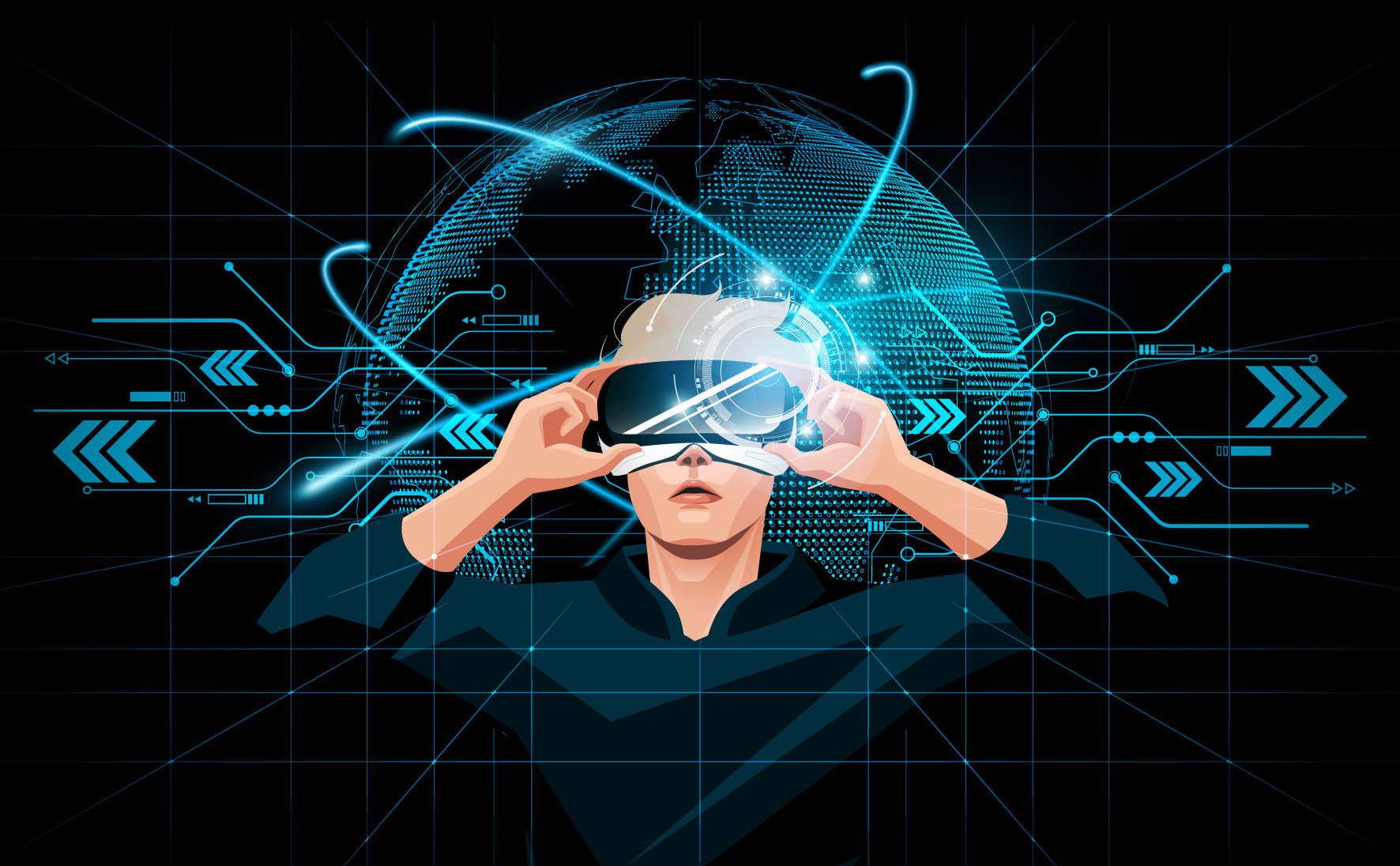Note from the edito: I am delighted to introduce our new deputy editor, Giacomo Lee. Giacomo is an exceptionally talented writer – as you will see from the passage below – and joins ERP Today having worked for the BBC, IDG and Verdict. Giacomo will play a key role in shaping the editorial strategy at ERP Today and will be writing on his favourite topics including artificial intelligence, emerging technologies and enterprise enablement.
When social media giant Facebook changed the name of its holding company to Meta in late 2021, both the internet and enterprise world were abuzz with confusion over what it all meant. After all, here was CEO Mark Zuckerberg talking about something called the ‘metaverse’, both to us and a digital image of himself in a rather pretentious promo video.
More positive commentators proclaimed it as a brand new concept in tech. But the simple truth is, the metaverse is old news: Facebook didn’t invent it, nor is it the only player in the game. Microsoft for example has its Mesh platform, a next-level take on Zoom where team meetings take place in virtual reality (VR). Epic Games meanwhile has been hosting real-time virtual concerts on its platform since 2019, attended by users’ avatars as they take a little downtime from gameplay.
Both examples are worlds apart. So what exactly is the metaverse? And is it something enterprises should be paying attention to?
Meta-what?
The basic, idealised version of the metaverse is a 3D network of virtual worlds which can be accessed using tools in virtual or augmented reality (AR). Those worlds can be offered by different companies on a single platform which users traverse using a device like a VR headset.
While this suggests the metaverse is a singular, all-encompassing entity like the internet, instead it’s more likely that different metaverses will transpire once there is widespread adoption of VR and AR technologies.
“We don’t believe that there will be one metaverse leading the way, but rather that there will be many metaverses,” a spokesperson for Microsoft tells ERP Today. “Here, identities and content will flow easily between experiences, regardless of platform, with no one single platform broker controlling the landscape.”
The software leader is already well-placed in the metaverse stakes. Besides its Mesh for Microsoft Teams platform, Microsoft is touting Dynamics 365 Connected Spaces. Launched late last year, the tool pulls observational data from cameras and other hardware to create a real-time digital twin of a working environment.
But with many metaverses coming down the pipeline, Microsoft isn’t just confining itself to what can be called the enterprise metaverse. There are also two other virtual worlds which are attracting investors, and those are the gaming and social metaverses. The two overlap, what with gamers being a very sociable bunch while they play, and shortly after speaking to ERP Today, Microsoft made 2022’s first big metaverse announcement.
Big is the key word, as January saw Microsoft buy gaming giant Activision Blizzard for $68.7bn. The mega-deal was presented by both parties as providing the ‘building blocks for the metaverse’.
Journey to the ‘metavearth’
Gaming for now though is mostly non-immersive fare; most gamers enjoy their virtual worlds through a screen rather than a headset.
For the metaverse to take off, it will arguably require widespread adoption of VR headsets. So far these expensive, cumbersome items haven’t been adopted by the workers and every person needed for an enterprise or social metaverse to become serious business options.
But VR isn’t the essential building block ‘material’ behind a metaverse. Instead, that would be visual 3D graphics, the sort you can see using not just headsets, but also screens and AR interfaces.
“AR and VR have a similar need for 3D assets creation (and 2D too for that matter) that is only slightly differentiated,” says Stefano Corazza, head of augmented reality at Adobe. “There are in general more assets needed to complete a VR experience, and VR headsets have a higher bar for frame rate in order to deliver a great user experience.”
VR isn’t the essential building block ‘material’ behind a metaverse. Instead, that would be visual 3D graphics, the sort you can see using not just headsets, but also screens and AR interfaces
This is especially so when compared to AR experiences delivered through a mobile device. AR lets users see the real world overlaid with digital data, and here the metaverse can penetrate physical reality; through AR glasses, for example. AR projections meanwhile can beam the same sort of visuals into one’s room.
In both cases, the connective aspect of the metaverse is what allows remote collaborators to see and manipulate the same visuals in real-time.
Adobe’s flagship metaverse offering is the AR product Aero, and with it, Corazza explains, the creative software titan is targeting the delivery of personalised AR experiences, and not just the creation of visual assets.
“Our goal with Aero is to offer individuals as well as enterprise customers a way to deliver AR experiences to their audience in a direct and low friction way,” says the Adobe VP.
“We see enterprise metaverses existing at different levels, from VR metaverses that large enterprise businesses will develop, to branded experiences developed on the largest social media metaverses, and AR-powered shopping experiences in physical stores.”
He also predicts content layers populating the AR metaverse in which ‘the earth itself is the physical place where AR experiences anchor on and develop’.
The name of this realm according to Corazza? The ‘metavearth’.
Someone better let Collins Dictionary know now, for it won’t be long before enterprise money makes Mark’s metaverse more than just a PR stunt (or should that be V-PR stunt?)





